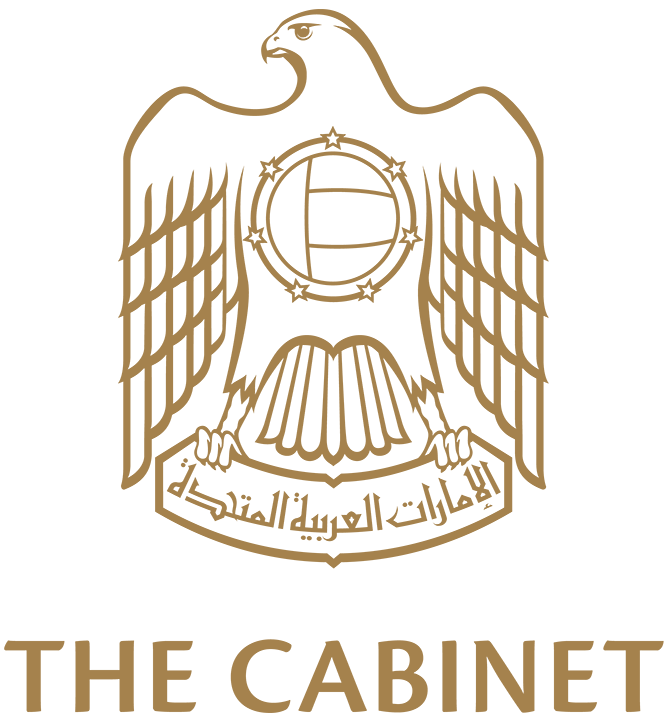Public Policy Document
Introduction
"Health risks" encompass external factors that adversely impact public health, whether in the short or long term. These risks span biological, physical, chemical, and climate-related influences and can escalate into health emergencies, crises, epidemics, or pandemics. Emerging threats that demand urgent attention include electronic waste, nanoparticles, microplastics, and hazardous chemicals linked to diseases and organ dysfunction.
Strengthening national capacities for health emergency preparedness is essential to minimizing potential losses from future health crises. Globally, healthcare systems are crucial in reducing the impact of diseases and preventing fatalities during emergencies, ultimately driving economic growth, social well-being, and sustainable development. Therefore, a country's ability to deliver quality healthcare before, during, and after health threats emerge serves as a clear indicator of its progress on the path to development.
Through this policy, the UAE aims to implement a comprehensive, multi-sectoral strategy for full preparedness against health risks, following the "One Health" approach. It emphasizes the importance of long-term, sustainable community engagement in the early detection of epidemics and controlling their spread.
Policy Objectives
- Developing a comprehensive national multi-sectoral framework to address health risks and emergencies affecting public health in the UAE.
- Proactively planning for health risks management through prediction, full preparedness, rapid and effective response, and recovery.
- Enhancing information systems, innovation, research capacity, and community awareness in health risks management.
Priorities & Key Components
- Governance - Leadership Advocacy and Support:
- Fostering and nurturing social, financial, and administrative engagement and commitment.
- Coordination at all levels, through building effective national partnerships and international cooperation.
- Developing supportive policies and legislation.
- Integrating the support of health objectives in all policies.
- Health Risks Management: Prevention, Preparedness, Response and Recovery:
- Proactive planning for health risks management:
- Phase 1: Monitoring the implementation of the National Health Risk Management Framework.
- Phase 2: Identifying health risks.
- Phase 3: Health risks analysis.
- Phase 4: Health risks assessment.
- Monitoring, predicting, and generating early warnings against them.
- Strengthening prevention, preparedness, and readiness.
- Ensuring response.
- Recovering from the effects of health risks.
- Controlling the Health Situation in Cases of Exposure to Risks and Health Emergencies:
- Strengthening sustainable basic health infrastructure and its logistics.
- Ensuring the continuity of basic and vital health services during health emergencies.
- Providing health and preventive medical products and developing immunization services to control diseases.
- Ensuring the availability of sufficient numbers of qualified health workforce.
- Knowledge Management, Awareness, Effective Communication and Community Engagement:
- Strengthening effective communication and community engagement.
- Developing interventions to respond effectively to risk communication and combat fake news.
- Information Systems, Innovation and Research Capacity:
- Providing and analyzing data and statistics on health risks for evidence-based decision-making.
- Strengthening research capacity and establishing systems and managing innovation in the field of various public health risks.
- Evaluation, Lessons Learned and Developing Future Recommendations:
- Evaluating health risks management to extract lessons.
- Identifying the most important expected improvements in the health sector.
- Identifying the most important expected improvements in the non-health sector.
- Strengthening the future planning process for health risks management.
Expected Outcomes
Quantitative and qualitative health risk indicators to be monitored:
- Disease surveillance indicators:
- Rate of prevalence or incidence of diseases or injuries resulting from exposure to health risks.
- Infection rates of communicable diseases.
- Periodic assessment of health risks and their description by impact and level of severity
- Seasonal assessment of health risks.
- Periodic assessment of the likelihood of a health risk occurring.
- Determination of the frequency and extent of disease outbreaks (e.g. number of cases, geographical spread, seasonal spread).
- Indicator to be achieved: No increase in the prevalence of chronic diseases during crises, emergencies and disasters (e.g. diabetes, cardiovascular diseases, cancer).
- Indicator to be achieved: No impact on vaccination coverage of essential national programs during crises, emergencies and disasters.
- Indicators related to mortality:
- Total mortality rate.
- Neonatal and maternal mortality rates.
- Disease-specific mortality rates (e.g. respiratory diseases, heart diseases, cancer, injuries) by exposure to crisis or health risk.
- Death rates resulting from health crisis and emergencies.
- Availability of supportive policies to combat health risks (By including health in all policies).
- Number and scope of regulations including health and environmental laws and regulations introduced during health emergencies.
Target Audience
Health care authorities in the UAE, public and private health facilities, academic and research institutions, international health organizations, and community members.




